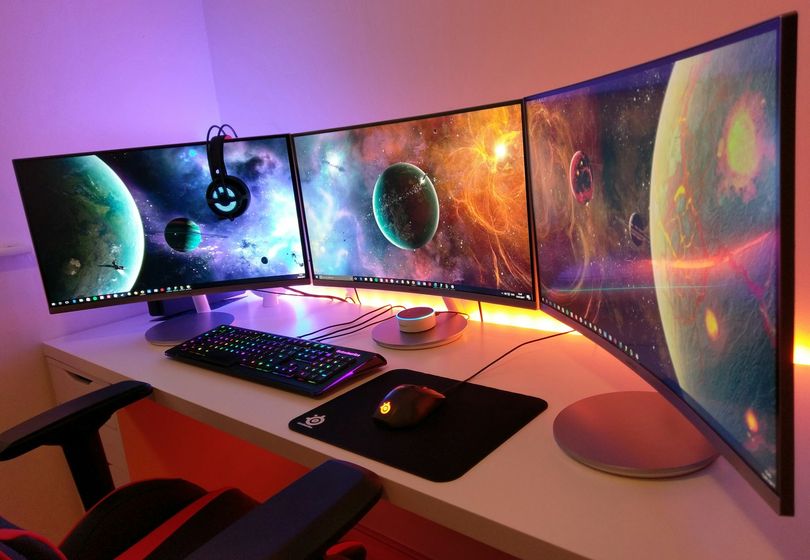
Welcome to the world of DIY computer building! Building your own computer can be a rewarding experience that not only saves you money but also gives you a sense of accomplishment. Whether you are looking to build a custom gaming PC or simply want to learn more about computer hardware, this step-by-step guide will walk you through the process of assembling your own computer from scratch.
Step 1: Planning Your Build
Before you start building your own PC, it is essential to plan out your build. Determine the purpose of your computer (gaming, work, media editing, etc.), set a budget, and research the components you will need for your build. Make sure all the components you choose are compatible with each other.
Step 2: Gathering Your Components
Once you have a clear plan for your build, it's time to gather all the necessary components. The basic components you will need include a CPU, motherboard, RAM, storage drive, power supply, graphics card (if you are building a gaming PC), and a computer case. Make sure you have all the tools required for assembly, such as a screwdriver and thermal paste.
Step 3: Assembling Your PC
Now comes the fun part - assembling your computer! Follow these steps to safely build your PC:
- Prepare your case by installing standoffs and I/O shield
- Install the CPU onto the motherboard
- Place the RAM sticks into the motherboard's RAM slots
- Install the storage drive (HDD or SSD)
- Mount the motherboard into the case
- Connect the power supply and storage drive to the motherboard
- Install the graphics card (if applicable)
- Connect all necessary cables to the motherboard
Step 4: Powering Up Your Computer
Once you have assembled your PC, it's time to power it up for the first time. Connect your monitor, keyboard, and mouse to the appropriate ports and press the power button on your case. If everything is connected correctly, you should see the BIOS screen appear on your monitor. Follow the on-screen instructions to configure your system settings.
Step 5: Installing the Operating System
After successfully powering up your computer, it's time to install the operating system. Whether you choose Windows, macOS, or Linux, follow the installation instructions provided by the operating system. Make sure to install all necessary drivers for your components to ensure optimal performance.
Building your own computer can be a fun and educational experience. By following this step-by-step guide, you can learn more about computer hardware and gain the satisfaction of building a custom PC tailored to your needs. Happy building!
